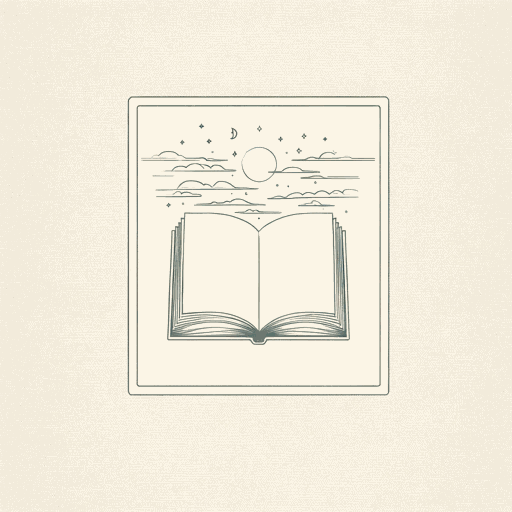55 pages • 1 hour read
Haruki MurakamiAfter Dark
Fiction | Novel | Adult | Published in 2004A modern alternative to SparkNotes and CliffsNotes, SuperSummary offers high-quality Study Guides with detailed chapter summaries and analysis of major themes, characters, and more.
Themes
Voyeurism and the Narrative Camera
Murakami has described his writing in terms of film making: He sees writing as a way to create films for his own pleasure. Consequently, his writing style is very conscious of aspects of filmmaking, including setting, background music, and point of view. After Dark takes this to the next level with the imaginary camera that serves as the novel’s narrator. The camera moves through the night guided by what appear to be stage directions, akin to film treatments. The novel’s very first passage sets the tone: “Eyes mark the shape of the city. Through the eyes of a high-flying night bird, we take in the scene from midair” (3). The last scenes loop back around to this: Back in a bird’s eye view, Murakami describes Tokyo waking up, pointing out small details and referencing events that occurred over the course of the night to show that change has occurred.
From the start, the narrator implicates the reader in an act of voyeurism, akin to viewers of a film. “We” spy on private moments between characters who are unaware of “our” intrusion. The narrator behaves as a close approximation of a sentient camera: Its first-person limited point of view allows the narrator to describe scenes in minute detail but largely prevents it from accessing characters’ thoughts.
Related Titles
By Haruki Murakami

1Q84
Haruki Murakami

A Wild Sheep Chase
Haruki Murakami

Blind Willow, Sleeping Woman
Haruki Murakami

Colorless Tsukuru Tazaki and His Years of Pilgrimage
Haruki Murakami
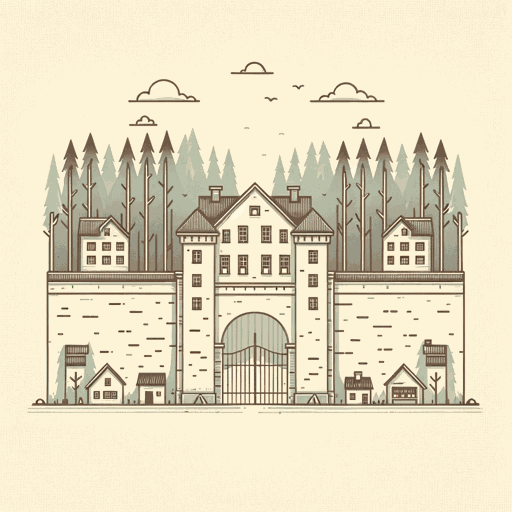
Hard-Boiled Wonderland and the End of the World
Haruki Murakami
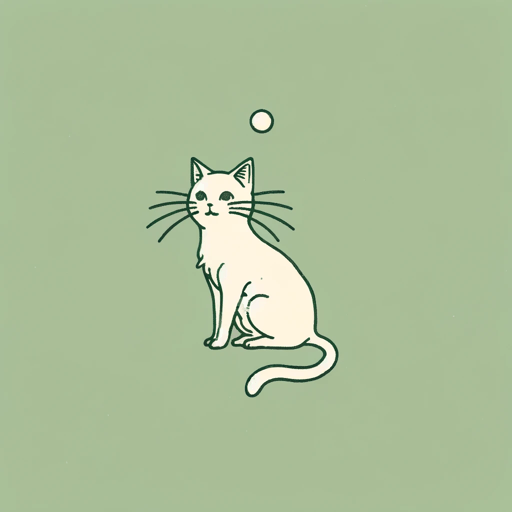
Kafka on the Shore
Haruki Murakami

Killing Commendatore
Haruki Murakami
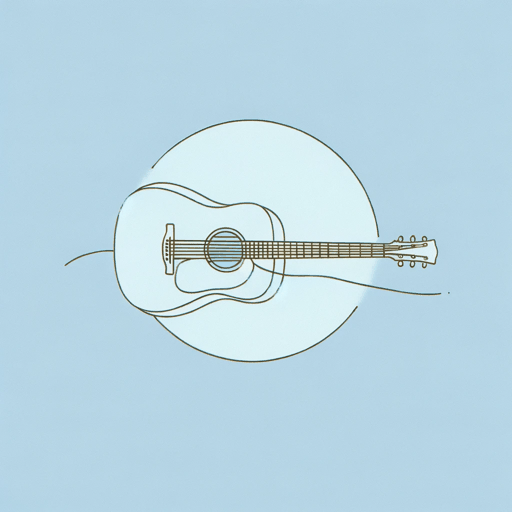
Norwegian Wood
Haruki Murakami

South of the Border, West of the Sun
Haruki Murakami

Sputnik Sweetheart
Haruki Murakami
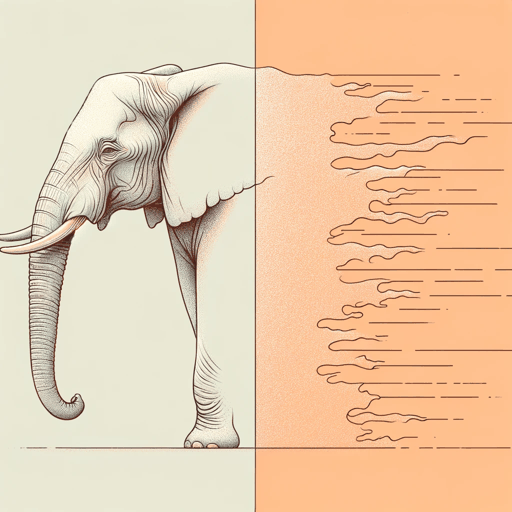
The Elephant Vanishes: Stories
Haruki Murakami

The Wind-Up Bird Chronicle
Haruki Murakami, Transl. Jay Rubin

What I Talk About When I Talk About Running
Haruki Murakami
